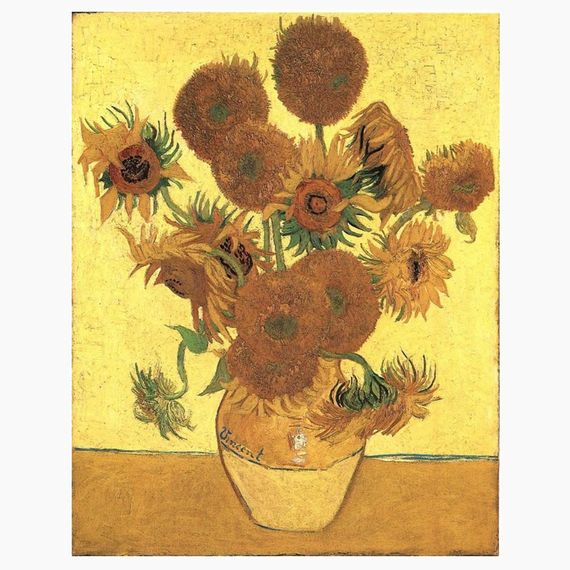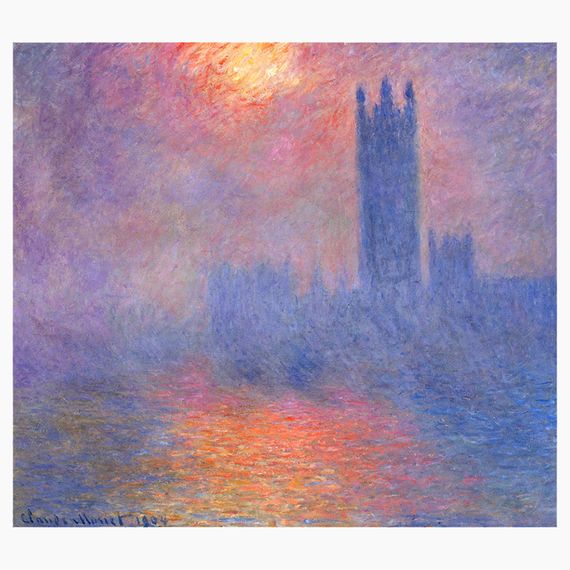In addition to being some of the most recognized masterpieces of painting, the canvases that make up this gallery have been the object of study of surprising and interesting scientific investigations:
The portrait of Marten Soolmans (Rembrandt van Rijn)

It is one of the masterpieces by the Flemish painter, which was examined at the University of Delft under the light of the ESRF synchrotron to reveal the secret of its impasto: in this way researchers learned about the pictorial technique with which Rembrandt gave his canvases a three-dimensional effect, by means of thick and voluminous brushstrokes that literally emerge from the painting and that provide, in addition to relief, a unique feature —by the reflection of light on the relief and the play of shadows that they cast.
The trick is in the composition of the paint that he used, which the artist always kept secret, but which has now been uncovered by modern X-ray diffraction technology, revealing the constant presence of plumbonacite, a lead compound unusual at the time, as the key ingredient.
It is likely that Rembrandt or someone else discovered it by chance as an impurity or a product from the decomposition of hydrocerusite and cerussite, the lead compounds most commonly used as white pigments. But Rembrandt clearly learned to synthesize it in order to include it in his oil paints as a binder and was thus able to endow them with that particular consistency that makes the impasto possible.
Sunflowers (Vincent Van Gogh)

In addition to being one of the most famous and reproduced paintings in history, this canvas preserved clues for more than a hundred years to help identify the genetic basis of a mutation that was finally identified in 2012. Among the 15 flowers in Van Gogh’s painting, two types of sunflowers are observed. One of them is the most common phenotype in nature, which combines a crown of yellow petals and a broad dark central disk. Also present are examples of the mutant variety called double-flowered, with multiple crowns of petals that almost hide the central disc.
Today we know that this mutation is caused by the presence of a single, dominant gene, and that it was probably introduced deliberately by hybridization, due to the importance of the trade in ornamental flowers in the Netherlands at that time.
Woman in a red armchair (Pablo Picasso)

In the 1920s and 1930s, Pablo Picasso broke with many paradigms of painting by introducing a new way of representing the human figure: Cubism, supported by strokes of bright and lustrous colors instead of the classic brush strokes. Nine decades later, in 2013, science finally identified the key to achieving this novel finish: the use of synthetic quick drying enamels recently introduced for domestic use.
In particular, the detailed analysis carried out on this painting —using an X-ray nanometer probe, which allowed researchers to individually analyze the particles of the pigments and therefore determine their exact composition— revealed that the paint used was Ripolin, the first brand of this type of paint marketed for use inside homes (where the goal is to provide a uniform appearance without noticeable brush strokes).
La Gioconda (Leonardo da Vinci)

It is one of the most famous paintings in history and, therefore, one of the most examined by researchers. One of the great enigmas in the history of art is to know if its protagonist is smiling or is sad, given the ambiguous expression on her face.
But is it really ambiguous? An investigation carried out in 2017 concluded that it’s almost guaranteed that she’s smiling. In order to reach this conclusion, a large group of volunteers were presented with the original Mona Lisa and eight copies of it with the corners of the mouth slightly modified, curved upwards or downwards (from happiest to saddest), and were asked to indicate for each version if she was smiling or seemed sad. The original version was described as smiling or happy almost unanimously (at a percentage close to 100%).
Houses of Parliament (Claude Monet)

The scientific discipline that draws the most from the study of paintings is forensic astronomy; that is, the use of records of past phenomena and astronomical events to identify the location and date that a certain work was painted (or was inspired). Working in reverse, researchers can also take advantage of existing information and historical documentation on the painting to locate or identify unknown or little documented astronomical phenomena.
Forensic astronomy has allowed researchers, for example, to date and identify the different locations from which Monet captured his series dedicated to the Houses of Parliament in London. To do this, the position of the sun in each canvas was compared with the existing record of the movement of the sun during the stay of the Impressionist genius in the City. This method revealed that part of the series was painted exactly from the balconies of rooms 610 and 611 and from 510 and 511 of the Savoy Hotel, where he stayed, and others from a covered terrace on the second floor of Saint Thomas Hospital.
In addition, given the artist’s recognized obsession with representing the colors and tonalities of the atmosphere with absolute fidelity, Monet’s paintings are one of the first colored records of the famous Victorian fog of London. Since these colors depend on the specific level of dispersion and diffraction of the solar radiation—which varies according to the nature of the different particles that make up the fog— the paintings by the French painter also provide evidence to determine the chemical composition of the London fog.
Miguel Barral
Comments on this publication